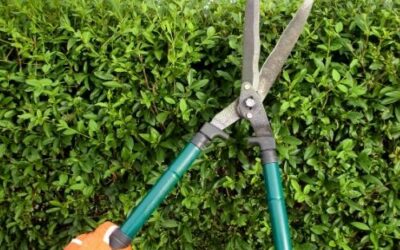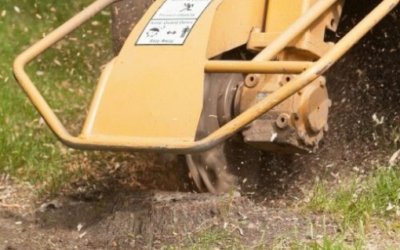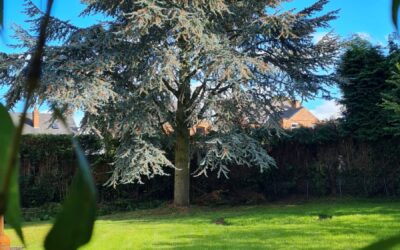Crown reduction and thinning are two of the most common services that tree surgeons offer. They are often hired to help reduce the size of a tree’s canopy or improve its overall health and appearance. Both crown reduction and thinning can benefit overgrown trees or unhealthy growth patterns. By removing some excess growth, tree surgeons can help improve the tree’s appearance and allow it to withstand strong winds and other potentially damaging weather conditions better. In addition, crown reduction and thinning can also help increase the amount of sunlight reaching the tree’s leaves, improving the tree’s overall health. If you are considering hiring a tree surgeon to perform either of these services, it is essential to understand the difference between the two and how each one can benefit your tree.
Crown reduction involves reducing the tree’s main trunk’s height by trimming back some branches. It’s achievable for various reasons, such as improving the tree’s appearance or reducing the wind resistance it experiences. In some cases, crown reduction may also be necessary to remove branches interfering with power lines or other structures. However, it is essential to note that crown reduction can also make a tree more susceptible to damage from high winds and heavy rains.
Thinning, on the other hand, involves removing entire branches from the tree. It is typically done to improve the tree’s overall health by removing diseased, damaged, or dead branches. Thinning can also improve the tree’s appearance by reducing its density and creating a more pleasing shape. In addition, thinning can help increase the amount of sunlight reaching the tree’s leaves, improving the tree’s overall health. However, thinning can make a tree susceptible to damage from high winds and heavy rains like crown reduction.
When deciding whether to hire a tree surgeon for crown reduction or thinning, it is essential to consider the needs of your particular tree. If unsure which service would be best for your tree, you should consult a tree surgeon to discuss your options. In most cases, tree surgeons can provide you with a recommendation based on the size and type of tree you have and its overall health and condition. Once you have decided which service is suitable for your tree, the tree surgeon will be able to provide you with a detailed estimate of the cost. In most cases, crown reduction and thinning costs will be based on the time it will take to complete the job and the type of equipment needed. In some cases, you may also be responsible for the cost of disposing of the branches that are removed.
Suppose you consider hiring a tree surgeon to perform crown reduction or thinning on your behalf. In that case, it is essential to do your research to find a reputable and experienced tree surgeon. You can start by asking family and friends for recommendations or searching online for tree surgeons in your area. Once you have found a few tree surgeons you are interested in working with, you should contact each to schedule a consultation. During the consultation, you can discuss your specific needs and goals for the project and get an estimate of the cost. After receiving several estimates, you can compare each tree surgeon’s costs and services to find the best deal. Ask each tree surgeon about their experience level, training, and credentials. In addition, you should also inquire about the methods they use to perform crown reduction and thin, as well as any other services they offer.
Once you have found a tree surgeon you feel comfortable working with, you can schedule an appointment for the project. In most cases, the tree surgeon will visit your home or business to assess the tree and its needs. After the assessment, the tree surgeon will provide you with a written estimate of the project’s cost. The estimate should include all materials, labour, and equipment needed to complete the job. Be sure to review the estimate carefully before signing any contracts, as you want to be sure that you understand all of the terms and conditions associated with the project.
Once the tree surgeon arrives at your home or business, they will begin by removing any dead or dying branches from the tree. Next, they will use a chainsaw to trim the remaining branches to a more manageable size. After the trimming is complete, the tree surgeon will apply a sealant to the newly cut surfaces to protect them from weathering and pests. Finally, they will install support wires or brackets to secure the newly trimmed branches.
Contact our professional tree service experts today at Tree Surgeon Coventry.



